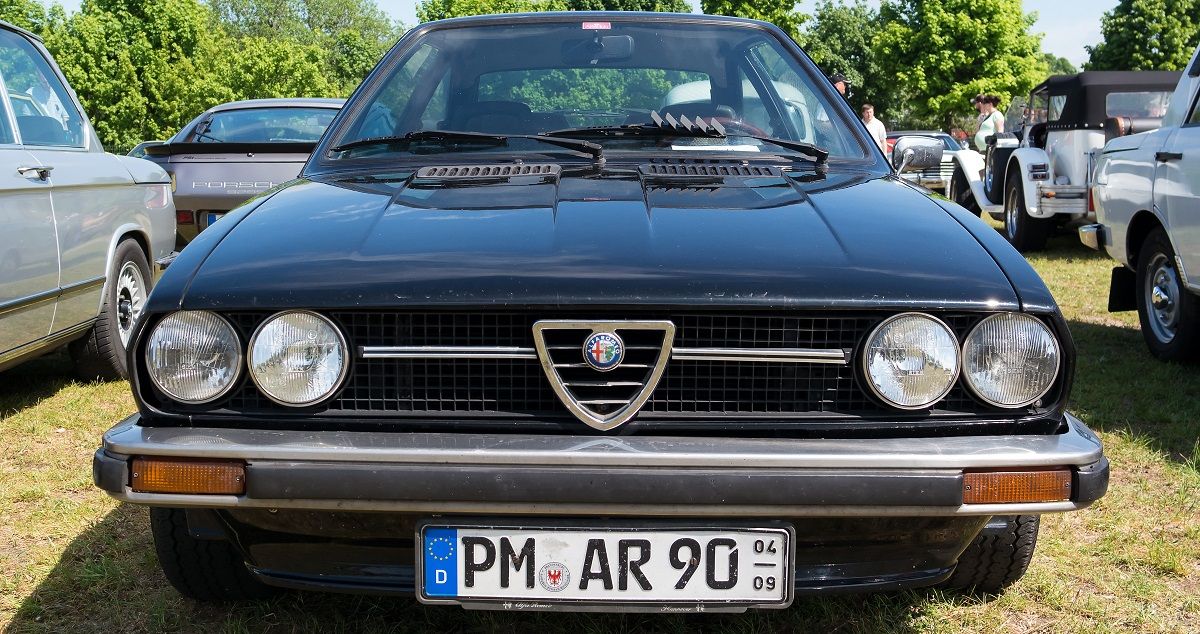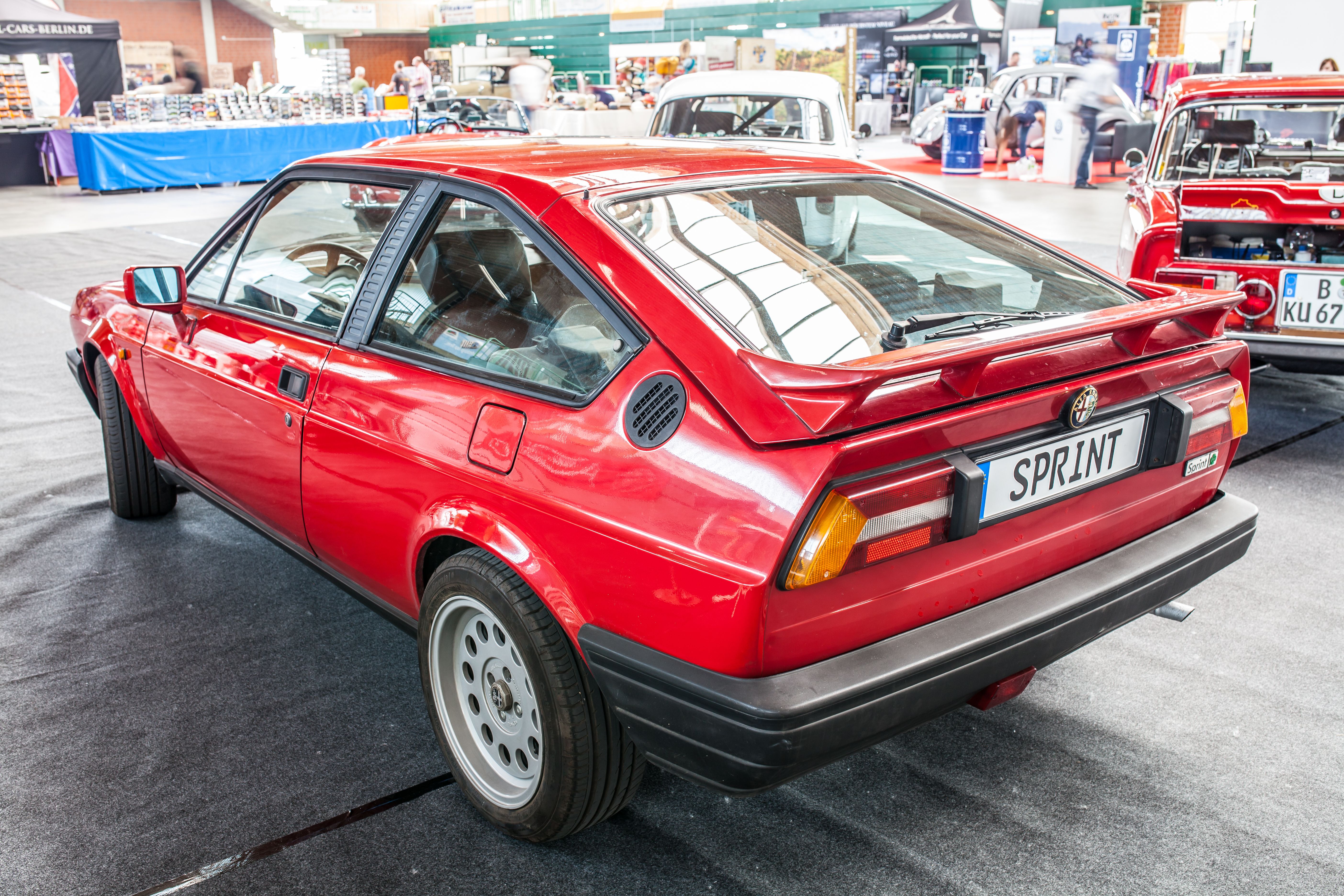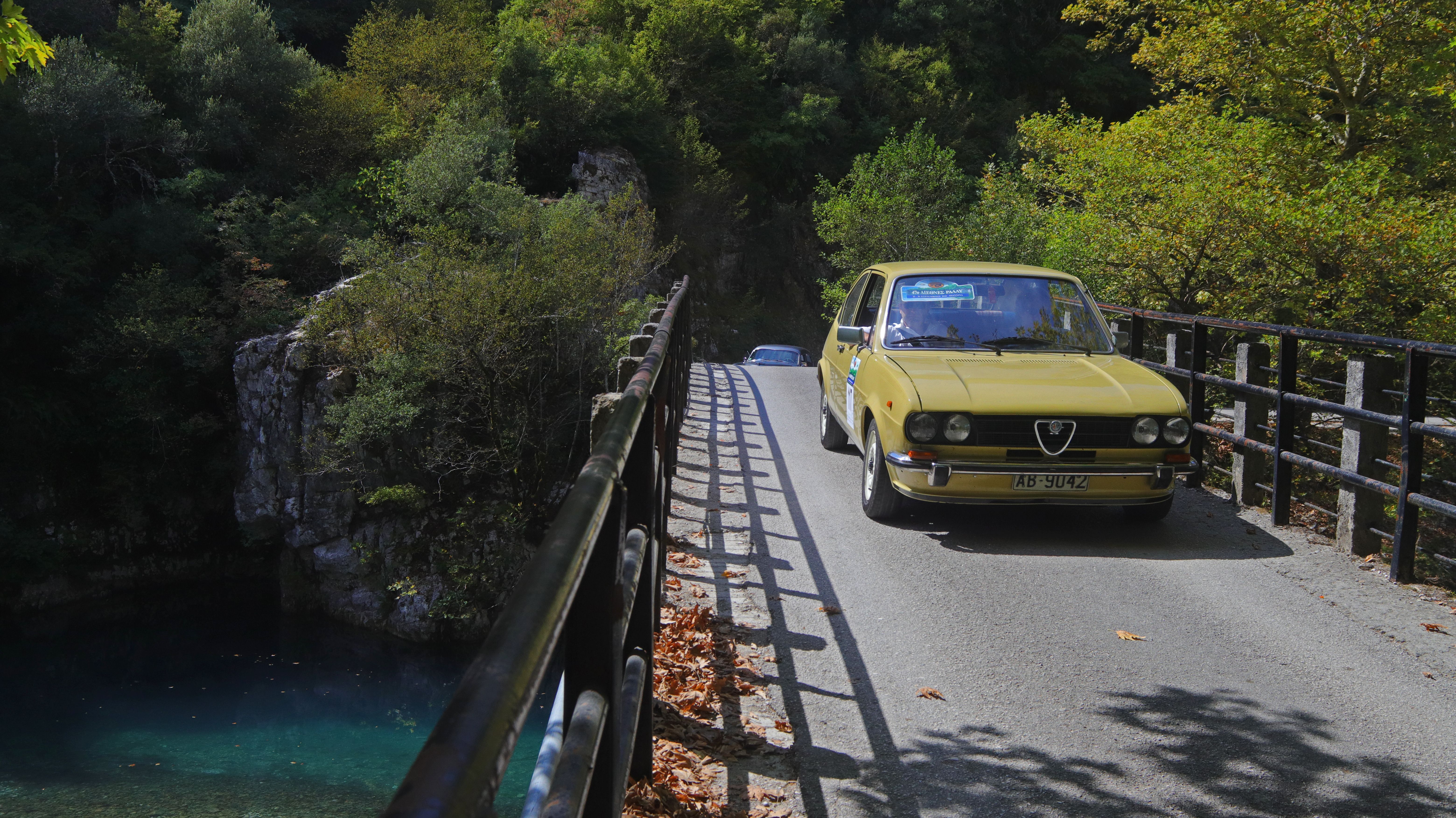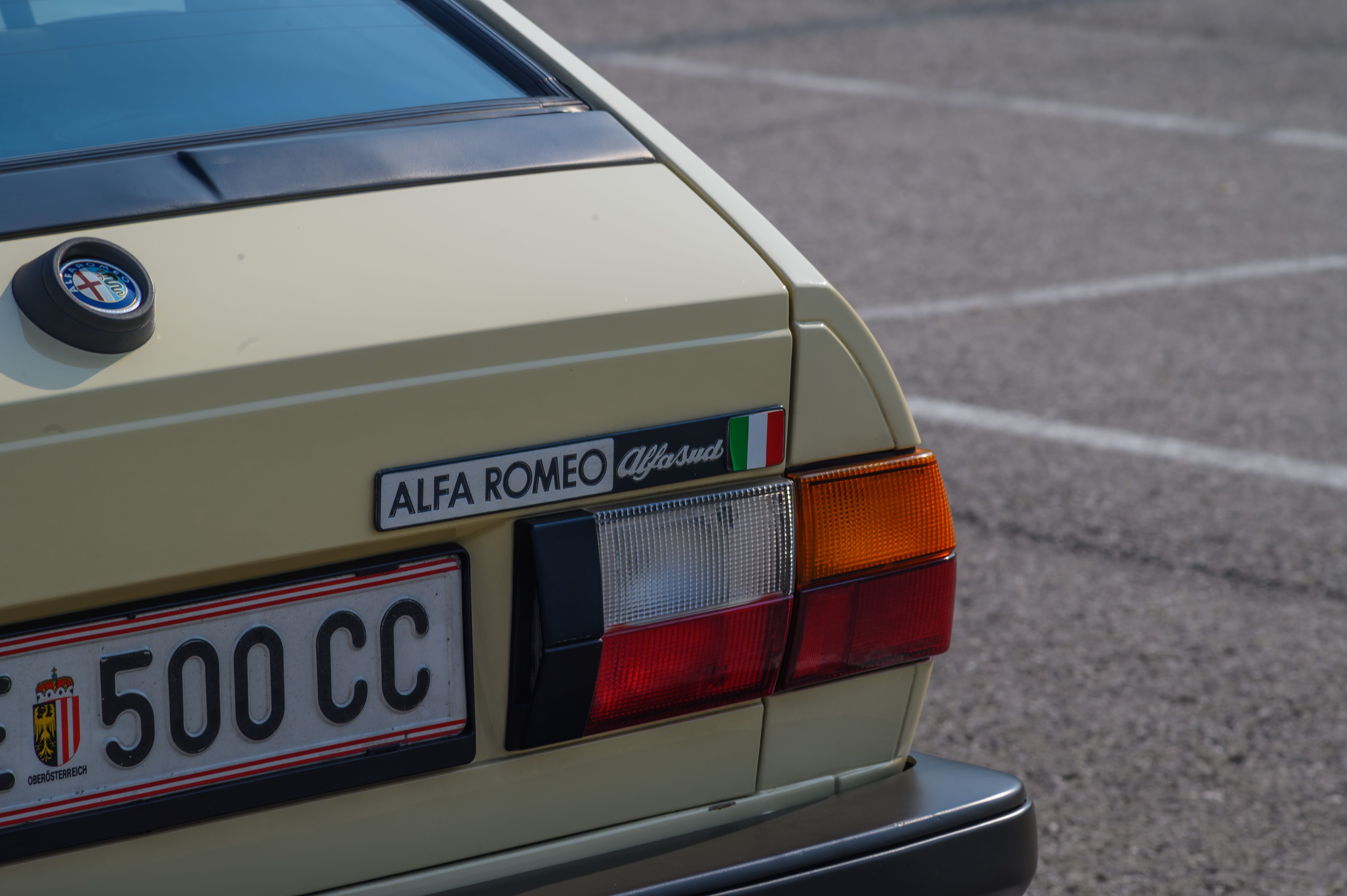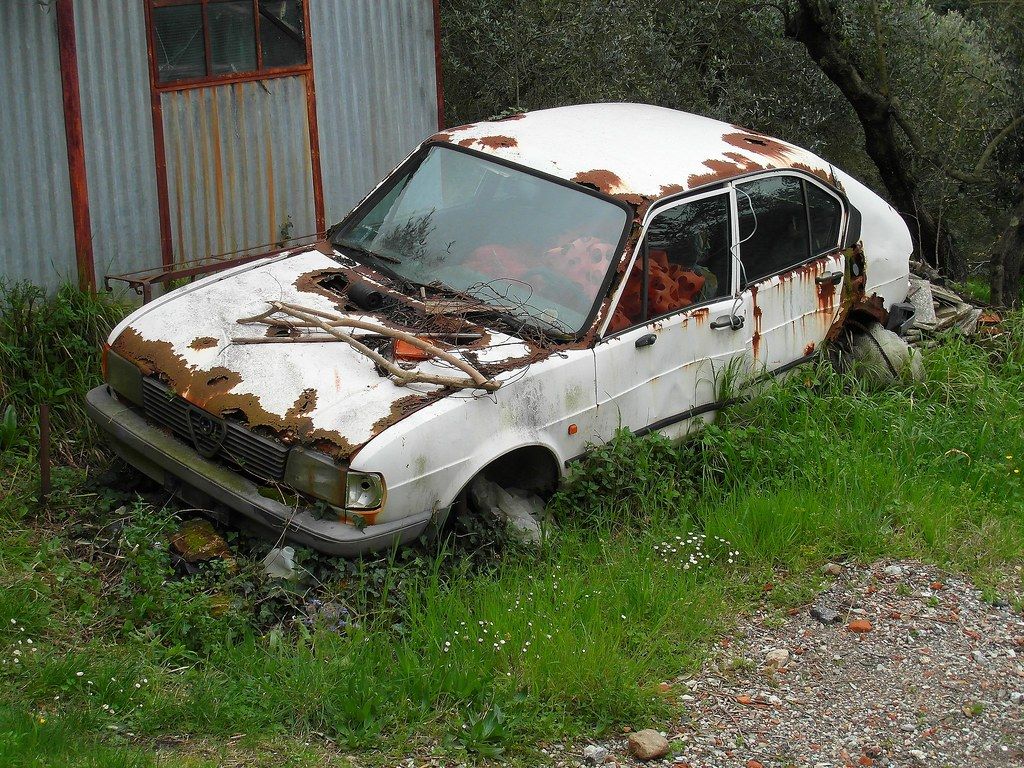Many enthusiasts look back to the dawn of the hot hatchback and give all the credit to the likes of the Peugeot 205 GTI and Volkswagen Golf GTI, but that’s not quite how it happened.
Before the Golf was launched in 1974, the Italians pioneered a similar idea, make a small affordable car with the same driving thrills as a big sports car, and thus, the Alfasud was born.
The name Alfasud might sound a little strange, but it simply means Alfa South, the south denoting that this vehicle was a product born in the new Pomigliano plant in the south of Italy.
This new southern factory was made as the Italian government-owned Alfa Romeo at the time and saw an opportunity to create jobs in a deprived part of the country, and the little Sud would be the brainchild of this plant.
Launched in 1971, the Alfasud beat the Golf to the game by three years and was met with widespread acclaim, and the Sud showed the motoring world a small car doesn’t have to be an uninteresting drive.
Revolutionary Design
The Alfasud was ahead of its time in many ways. To start with the platform, this was Alfa's first deep dive into the world of front-wheel drive, and they did it right, with a unique suspension design of MacPherson struts on the front and a beam axle with a Watt’s linkage on the rear, similar in some ways to the Alfetta, this elaborate design gave the Sud an almost fully independent rear suspension, a trick that would not be repeated for decades after on small front-drive cars.
To further help road holding and handling response, the Sud also featured inboard front brake discs, meaning they are held close to the gearbox instead of by the front wheels in order to reduce unsprung mass. It is also worth noting the Sud featured brake discs all-round. This was virtually unheard of at the time.
To top it all off, the Sud was fitted with a Flat-Four (Boxer) engine. Boxer engines fire horizontally instead of vertically, meaning they are far shorter, lowering the center of gravity and the bonnet line.
All of these additions had a dramatic effect on road holding, with some citing the Alfasud's capabilities would not be matched for another decade and others labeling it the best handling front-wheel drive car of all time.
Let’s Talk A Little More About Those Engines
The Boxer engine wasn’t just an exercise to make the Sud handle better. It was also a powerful and engaging drive, with a high rev ceiling and a beautiful burbly note. A boxer engine begs to be driven with enthusiasm...and a heavy right foot.
Starting off, the Sud had a 1.2 engine producing up to 68BHP. That doesn't sound like a lot, but when you factor in that the car only weighed about 800 KG, it was more than enough to make the car responsive and enjoyable to drive and was substantially more than competitors were getting out of similarly sized engines. This figure ultimately increased to 105BHP in twin-carb 1.5 form, roughly putting it on par with the 1.6 Golf GTI.
One other ace up the sleeve of Boxer engines is the fact they are counter-balanced by nature, with two pistons in a bank firing horizontally in one direction and two pistons firing horizontally in the other bank in the opposing direction. Because of this balance, the crankshaft does not need balancing weights, and the flywheel can be lighter, meaning the engine is ultimately more responsive to input and smoother with fewer vibrations.
So Why Don't People Call The Sud The Original Hot Hatch?
Yes, the exotic engine choices, beautiful Italian styling, and unmatched handling should make the Sud a shoofi-in for the designation of first-ever hot hatch, but there was one small problem and a rather big one on top of that.
The small problem is that the original 1971 Alfasud is technically not a hatch; yes, it looks every bit like a hatch, but when you open the boot, you realize it is just that, a boot, the glass stays behind, fixed in place, making this a saloon, not a hatchback.
Alfa did rectify this problem in the later years,go however, with hatchback and sporty coupe offerings under the Sprint moniker, but this was after the launch of the Golf,w and it is for that reason the Alfasud does not get the credit it deserves, all because of a silly technicality.
What it did do, however, was shake up the market, it showed all other carmakers that there was a place for a small, fun to drive performance car, and this is why we see hot hatches crawling out the works everywhere now. It was also one of the most successful Alfa Romeos of all time, selling nearly 900,000 examples.
Ok, So What Is The Big Problem Then?
The killer blow for the Sud was not a technicality, however, that would be forgivable. The bigger issue for the Sud was that it was built out of recycled Russian steel by former tomato farmers in the area, with cavities filled with water-absorbent foam. To top it off, union culture meant these tomato farmers also went on strike quite a bit; there are even stories of bare shells being moved from one area of the plant to another outside whilst it was raining. This was a recipe for disaster, and as such, Alfasuds were seen rusting on dealer showrooms.
This is what the Sud is known for, unfortunately, and it has severely tarnished the brand as a result. People associate Alfa Romeo with rust, but it was not the brand as a whole, it was mostly just this one model...what a shame, something so wonderfully designed was ruined by an unqualified workforce and cheap materials.
As a result, you can’t really find a Sud anymore, but if you do, it was obviously one of the few good examples or has freshly welded steel in it, so grab it and keep it with you. It's a rare piece of motoring history.

